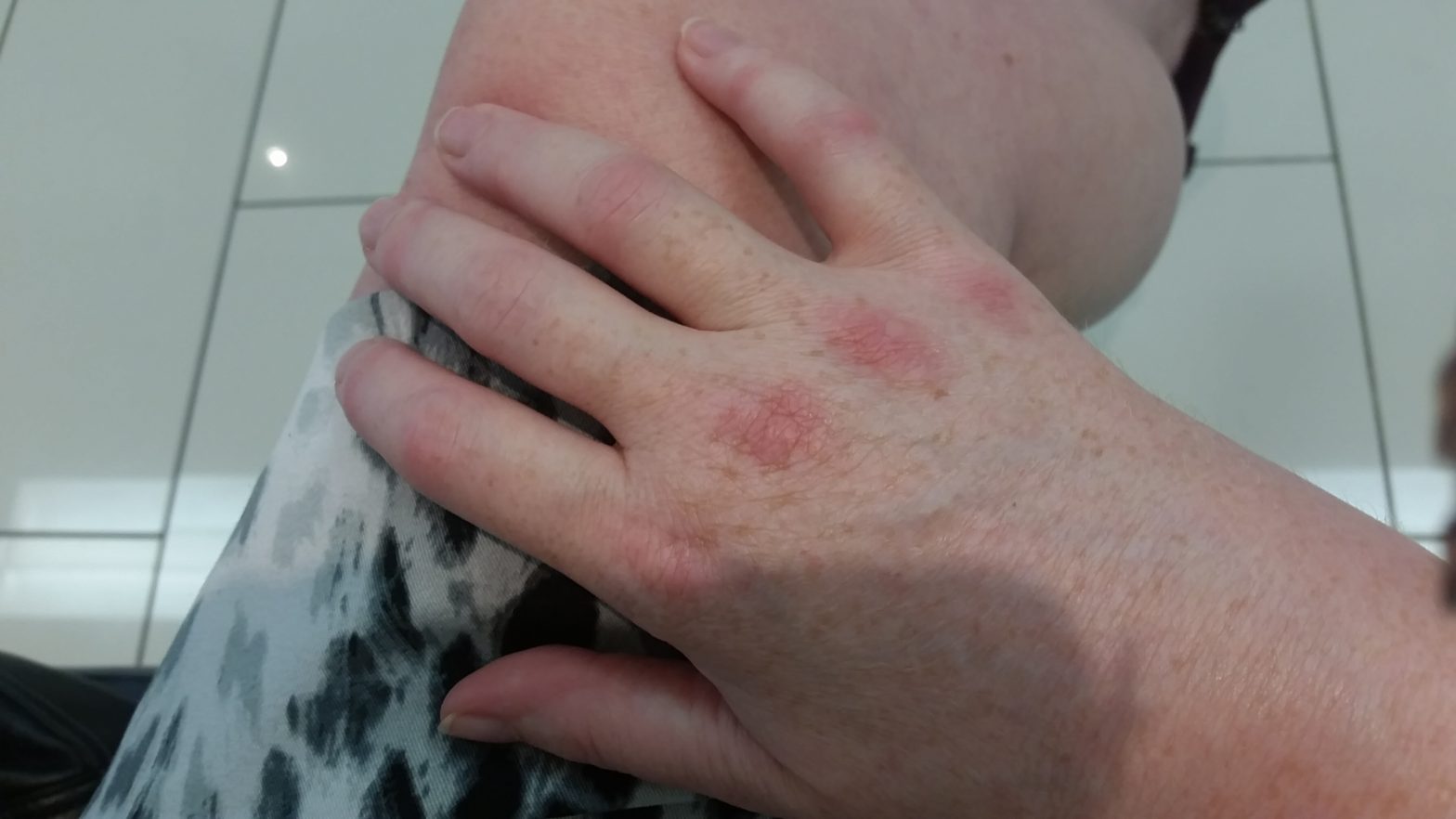The story of Sandra
Posted to Rare Disease Day website, 25.02.2018
Getting a diagnosis felt like code-breaking
It’s impossible to describe the relief – after being told for so long that nothing was wrong – of finally having a name for all of my bizarre symptoms. It felt like I’d been missing the words that would unlock a code or a key; the key to explaining everything that was happening to my hand and arm since I’d broken my wrist.
I was told repeatedly by a specialist that nothing was wrong, but I knew that all the symptoms had to stem from the same cause. It didn’t make sense that they’d all have started at the same time, without any connection between them.
It felt like my hand was being blowtorched, from the fingertips to the wrist. Often the pain was so bad that my whole body would tremble. My hand would change colour to purple, red, or white; but there would always be red spots over each finger joint. The skin would feel icy cold or burning hot, but to me that hand always felt like it was on fire.
The joints in my wrist and every finger were getting stiffer and more rigid. It felt like the bones were growing together, or that something was blocking each joint. I couldn’t use that hand at all. Even having clothes touch it was unbearably painful. I’d often either faint or throw up from the pain. I managed to keep working, but for a few months I’d fast all day – so I wouldn’t throw up at work!
So what was the diagnosis? ‘Complex Regional Pain Syndrome’ (CRPS), a rare disease. Many doctors still use its old name, including the neuro-anaesthesiologist who diagnosed me; ‘Reflex Sympathetic Dystrophy’ (RSD).
With either name, it’s often described as a form of dystrophy that involves – and spreads along – the sympathetic nerves. It creates excruciating neuropathic pain. This disease is rated more painful than kidney stones, amputation of a finger or toe (without anaesthetic), and even childbirth on the globally-recognized ‘McGill Pain Index’ or pain scale.
But those types of pain go away. CPRS is chronic; it doesn’t go away. And if it does, it often takes years and may come back at any time. Many people think that chronic pain is less severe than acute pain, but that’s not true. Acute just means that it goes away more quickly.
It’s difficult to diagnose CRPS because it’s rare (and little-known by most physicians), but also because this disease presents differently in almost every patient. That means that each person with CRPS can have different symptoms.
Until I finally got that diagnosis, I felt very alone; I felt that no one understood what I was going through. I’d tell doctors and nurses that the pain was 3 times as bad as the original fracture, but no one understood how bad it really was. With that diagnosis, I was able to connect with other CRPS patients, and that has really helped me. Helping others makes me feel better!
